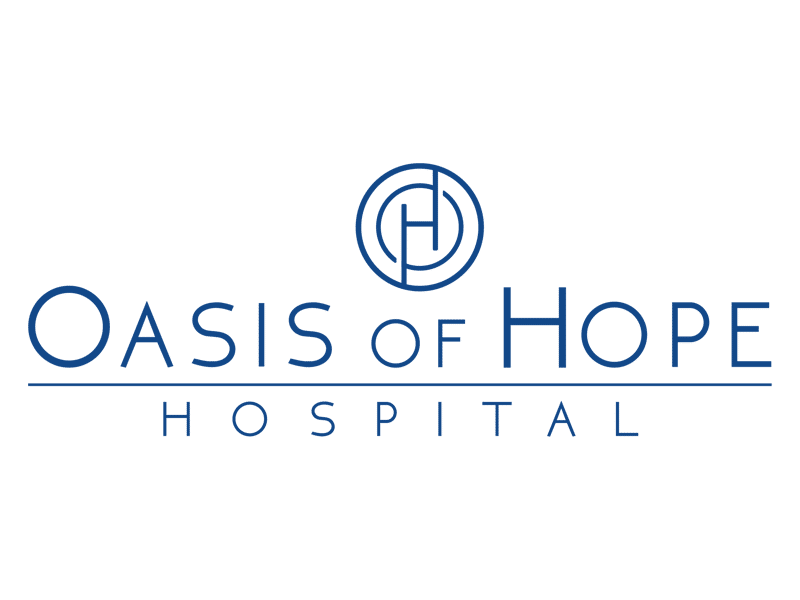Massage therapists are among those who may have the keenest sense of how beneficial palliative care is to cancer patients and survivors. In a treatment regimen that tends to take the body down to its affected parts, massage returns the collective body, mind and spirit back to the patient to feel wholeness in the midst of often feeling fragmented.
The improved blood and oxygen circulation that ensues from massage therapy has had positive effects for patients undergoing cancer treatment. In spite of this, conventional practitioners are hesitant to think of massage as anything but complementary and alternative medicine (CAM). There are yet to be the kind of test results that would support assuredness in recommending massage therapy with confidence. Despite this, massage therapists are still as eager as ever to learn the proper methods of treating cancer patients.
Based on information from the National Institutes of Health (NIH), research performed at the University of Pennsylvania School of Medicine investigating CAM use shows at least 65 percent of cancer survivors received CAM treatment at some time in their lives. The various reasons given for using CAM ranked as follows:
-General wellness and disease prevention
-Enhanced immune function
-Energy enhancement
-Pain Management
-Psychological distress
-Insomnia
In general, the motivation for patients undergoing treatment for mesothelioma, breast and other cancers tended to come from advice of a family member, coworker or a friend. While those providing healthcare may suggest CAM treatment, those receiving treatment are not as vociferous about their CAM use. Perhaps this is due to the friction that still exists between conventional and complementary practices.
It is certainly not for lack of interest on the part of massage therapists. In fact, it is due to the sense of urgency among massage therapists that the beneficial treatment continues to gain popularity. The tactile application of hands-on touch therapy has been helping human survival since humans have existed.
At least there are fewer fears in regard to the imagined detriments that massage therapy can cause to cancer patients and survivors. While it is true patients undergoing chemotherapy treatment or with reduced blood platelet counts may bruise more easily, at least the mythology surrounding the massage therapist being responsible for spreading the disease through touch is fast dissipating.
The reality of getting a professional oncology massage is relief from the pain and stress that can otherwise be overwhelming during treatment. Where teamwork and communication exist, patients receive the benefit of a streamlined approach that takes into account the tissue damage or other conditions that require acute awareness. When the patient’s emotional state is honored as well, improvement is encouraged through affirmative care and acknowledgement.
Recovery improves in ways that would otherwise not be anticipated. Massage therapists are encouraged to keep on proving the cause is worth the effort, as conventional medicine will eventually catch up. Consult your doctor and find a therapy that will work best for you and your treatment and soak up the benefits massage has to offer!


